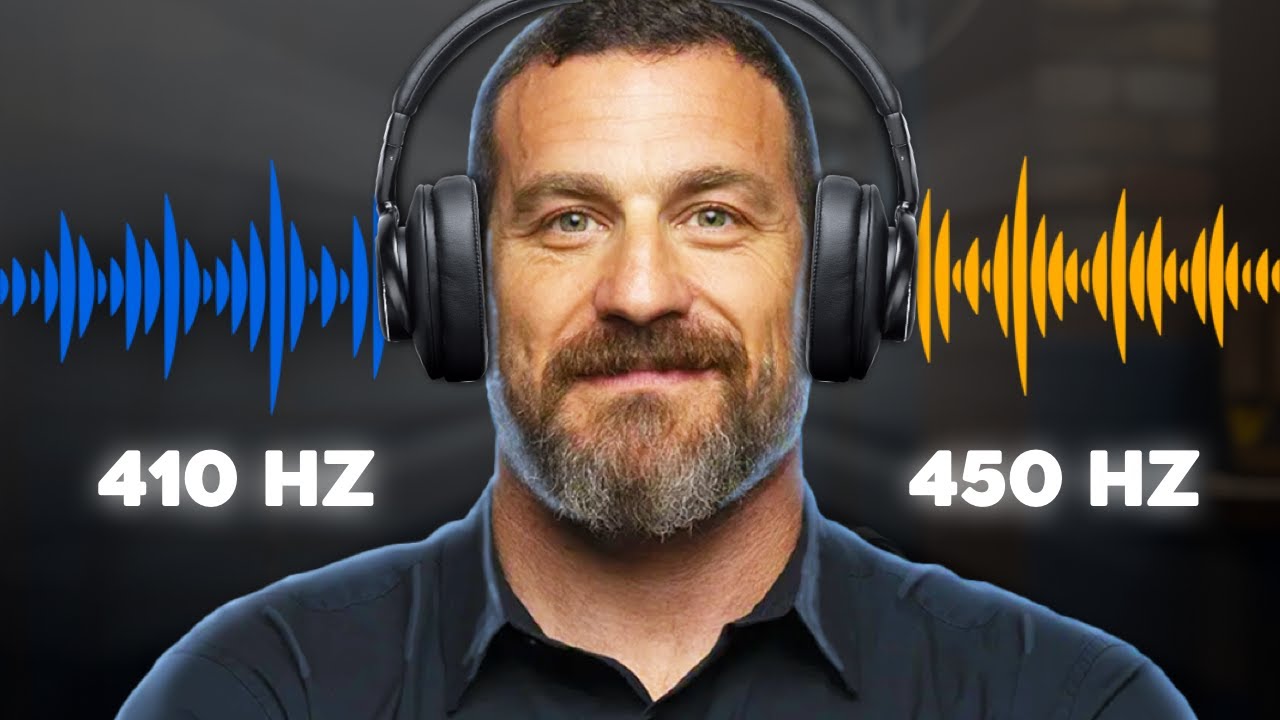In our search for better memory, improved focus, and optimal learning, we often turn to nutrition, sleep, or exercise. But there’s one powerful system that’s often overlooked: our sense of hearing. The auditory system, when used intentionally, can significantly enhance cognitive performance, accelerate learning, and even improve emotional well-being.
Let’s explore how sound — from specific frequencies to environmental noise — can be strategically used to boost memory, focus, and learning capacity. Whether you’re a student, a working professional, or simply someone looking to retain more from what you read or hear, understanding how sound interacts with your brain can be a game-changer.

Using Sound to Learn Faster: What Science Tells Us
Your auditory system is more than just a tool for interpreting language or enjoying music. It’s directly connected to key areas of the brain involved in alertness, emotion regulation, and memory formation. The type, frequency, and even the context in which you experience sound can shift your mental state dramatically — from deep relaxation to heightened concentration.
One particularly intriguing tool is binaural beats. These occur when two slightly different frequencies are played in each ear. The brain perceives the difference between them, creating an “internal beat” that encourages specific brainwave states. For example:
- Delta waves (1–4 Hz) promote deep sleep
- Theta waves (4–8 Hz) encourage calm, meditative states
- Alpha waves (8–13 Hz) improve relaxed alertness
- Beta waves (13–30 Hz) support focused, analytical thinking
- Gamma waves (30–100 Hz) are linked to peak mental performance and problem solving
In short, binaural beats may help your brain “tune in” to a more optimal state for whatever task you’re doing — whether that’s learning, relaxing, or focusing.

White Noise, Brown Noise, and Focused Work
The debate over whether to work in silence or with background noise is a hot one. But science gives us some clarity.
According to studies published in the Journal of Cognitive Neuroscience, low-intensity white noise (steady, unstructured sound across all frequencies) can improve learning and memory by subtly stimulating dopamine production — the neurotransmitter associated with motivation, reward, and attention.
This doesn’t mean blasting static from your speaker. The volume matters. White noise should be played just loud enough to fade into the background, allowing the brain to focus without distraction.
Other types of auditory “color” include:
- Pink noise, which emphasizes lower frequencies and can be calming
- Brown noise, which deepens even further and is often used for relaxation or blocking out environmental distractions
All of these can create a neutral sound environment that supports focus — especially for people who find complete silence unsettling or distracting.

Music and Learning: A Double-Edged Sword
Many people enjoy listening to music while working or studying — but it may not always help.
Research consistently shows that music with lyrics, especially if it’s familiar or emotionally engaging, competes for the same cognitive resources you use for language processing. In simple terms, your brain can’t focus on reading or writing while simultaneously decoding song lyrics. Performance on memory and learning tasks tends to drop.
However, there’s a fascinating exception: listening to music during breaks may actually enhance your ability to refocus and learn when you return to work. Uplifting or motivating tracks can increase dopamine levels and improve mood — two ingredients that make the brain more receptive to absorbing and retaining information.
What Works Best?
- ✅ Best for learning: Silence or low-level white/pink noise
- ⚠️ Okay: Soft instrumental music without lyrics (e.g., ambient or classical)
- ❌ Worst: Your favorite playlist with vocals while trying to study
- ✅ Smart strategy: Use favorite music between study sessions as a cognitive reset
Sound and the Brain-Body Connection: Balance, Movement, and Mood
Beyond focus and memory, the inner ear also plays a major role in physical coordination and spatial awareness. This is known as the vestibular system, which works with your brain, muscles, and spine to control balance.
Interestingly, certain types of movement that challenge your balance — especially those that involve forward acceleration while tilting your head or body — can actually enhance cognitive function. Think: carving on a snowboard, leaning into a bike turn, or surfing a wave. These actions stimulate the cerebellum and vestibular pathways, which are deeply integrated with brain regions that regulate mood and neuroplasticity.
These activities promote the release of dopamine and serotonin, contributing to both physical enjoyment and heightened learning potential in the period that follows.

Practical Tips to Boost Learning with Sound and Movement
Here’s how to put all this research into practice:
1. Use Binaural Beats for Study or Meditation
- Try 40 Hz binaural beats to support focus during deep work
- Choose delta or theta waves before bed to encourage rest and memory consolidation
2. Add Low-Volume White or Brown Noise for Cognitive Tasks
- Use apps or devices that play consistent, low-frequency background sound
- Avoid cranking the volume — subtle is better
3. Avoid Lyrics While Studying
- If you must listen to music while working, stick to soft instrumental tracks
- Save your favorite songs for breaks or workout sessions
4. Incorporate Vestibular-Rich Movement
- Practice balance-focused activities like skateboarding, trail running, or cycling
- Even walking while turning your head can activate the vestibular system
- Bonus: These activities can lift your mood and prepare your brain for learning
Nutrition Note: Feed Your Brain for Focus
While sound and movement can enhance learning, don’t forget the fuel your brain needs. To optimize memory and cognitive performance, focus on:
- Omega-3-rich foods: salmon, walnuts, flaxseed
- Magnesium: leafy greens, dark chocolate, almonds
- Choline: eggs, broccoli, shiitake mushrooms
- Slow carbs: oats, quinoa, lentils to support steady energy
And of course, stay hydrated — even mild dehydration can impair focus and short-term memory.
For a brain-boosting snack, try a simple trail mix of walnuts, pumpkin seeds, dried blueberries, and a few squares of dark chocolate. It offers a perfect blend of healthy fats, antioxidants, and minerals to support concentration.

Final Thoughts: Tune In for Better Learning
Harnessing the power of sound isn’t just about blocking distractions — it’s about tapping into a deeper connection between your senses, your brain chemistry, and your ability to learn.
By intentionally selecting the right types of audio input — whether it’s low-level white noise, focused binaural beats, or strategic silence — you can put your brain in the best possible state to retain information, stay motivated, and feel good while doing it.
And when paired with balance-rich movement and the right brain-supportive nutrition, you’re creating the ultimate internal environment for lifelong learning and peak cognitive health.

Want more science-backed strategies to optimize your brain through food, movement, and mindful living? Explore my expert articles on cognitive nutrition, smart snacking, and performance-enhancing meal planning — or reach out for a personalized consultation tailored to your goals.



